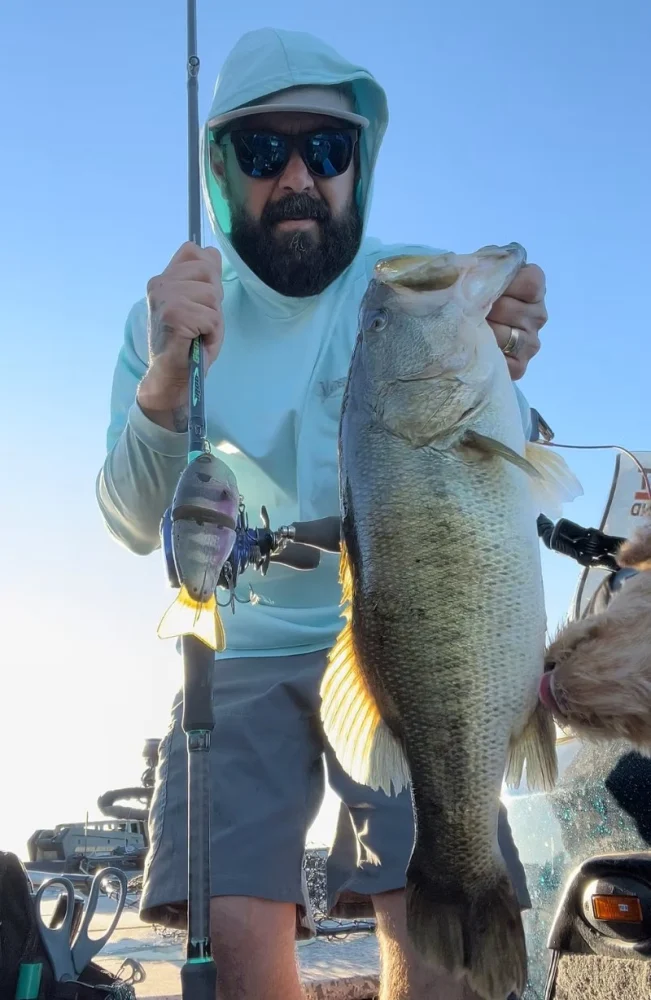
- how-to-use-low-toxic-baits-in-sensitive-zones—why-cautious-application-matters
- how-to-use-low-toxic-baits-in-sensitive-zones—understanding-formulations-and-target-behavior
- how-to-use-low-toxic-baits-in-sensitive-zones—real-stories-that-highlight-safe-strategies
- how-to-use-low-toxic-baits-in-sensitive-zones—designing-an-environmentally-responsible-plan
- how-to-use-low-toxic-baits-in-sensitive-zones—practical-guidance-and-where-to-find-support
1. Why Cautious Application Matters in Sensitive Zones
Across the United States, sensitive zones such as homes with children, pet-friendly environments, healthcare facilities, and food-handling areas require pest control strategies that reduce risk without compromising effectiveness. Low toxic baits have become a preferred solution in these settings because they target pests precisely while minimizing exposure to people and non-target animals. Yet, using them correctly is essential—misapplication can reduce their effectiveness or unintentionally spread contaminants.
What makes low toxic baits appealing is the balance they strike: delivering reliable pest suppression while maintaining a high standard of safety. When used strategically, they help homeowners and professionals manage infestations without relying on harsh chemicals. This approach is especially important today as more Americans seek healthier, environmentally responsible pest control options.
In online discussions, many users describe feeling overwhelmed by conflicting advice about “safe” pest products. This is why understanding how baits function and how they should be placed can make all the difference in maintaining safety while achieving results.
2. Understanding Formulations and Target Behavior
Low toxic baits rely on active ingredients designed to disrupt pest colonies rather than causing immediate knockdown. These formulations entice pests to feed, return to their nests, and spread the bait, making it especially effective for ants, roaches, and other social insects.
2.1 How Active Ingredients Work
Many low toxic baits use ingredients that affect pests slowly, giving them time to share the bait with nestmates. These substances typically have minimal toxicity to humans and pets when used as directed. This feature makes them ideal for sensitive environments where safety is a top priority.
2.2 Why Placement Matters More Than Quantity
Correct placement is critical. Pests follow predictable patterns—along baseboards, behind appliances, and in discreet crevices. When baits are placed in these pathways rather than visible areas, they achieve higher success rates while keeping exposure risks low.
2.3 Avoiding Cross-Contamination and Overuse
Using too much bait or mixing it with other chemical treatments can reduce its attractiveness. Overapplication can also confuse pests or cause them to avoid treated areas. Experts emphasize measured, precise placement as the most effective tactic.
3. Real Stories That Highlight Safe and Effective Strategies
Many American homeowners share stories online about times when they struggled with infestations but felt hesitant to use high-toxicity products. One popular example involved a daycare facility that used low toxic ant baits after repeated issues with food-attracted pests. Staff members documented that within a week, ant trails disappeared entirely. The success came from placing small bait stations behind appliances and inside cupboard corners—areas children never accessed.
Another widely discussed case came from a pet owner who discovered roaches in his apartment but avoided sprays due to his aging dog’s health issues. After consulting with a professional, he used targeted gel baits placed inside wall voids and under the sink. This strategy resolved the infestation without exposing his pet to harmful residues.
These stories show how thoughtful, targeted application of low toxic baits can protect both the environment and the people living in it.
4. Designing an Environmentally Responsible Plan
Effective pest control in sensitive zones requires more than simply placing bait—it involves evaluating the entire environment. When people focus on prevention alongside targeted treatment, long-term control becomes easier and safer.
4.1 Identifying the Root Cause
Pests enter sensitive zones for food, water, or shelter. Before applying any bait, identifying attractants—open food containers, moisture leaks, structural gaps—helps reduce reliance on even low toxic products.
4.2 Creating a Controlled Exposure Strategy
Using enclosed bait stations or applying gel baits deep within cracks ensures that the treatment remains inaccessible to people and pets. This approach maintains high effectiveness while preserving safety standards.
4.3 Balancing Immediate Needs with Long-Term Prevention
Professionals often combine bait placement with inspection routines, sanitation improvements, and sealing entry points. This layered approach is what makes low toxic strategies successful in schools, hospitals, and family homes across the U.S.
5. Practical Guidance and Where to Find Support
For homeowners or facility managers seeking to use low toxic baits effectively, the first step is understanding the specific pest problem. Ants, roaches, and mice each require differently formulated baits and different placement techniques. Taking time to assess activity patterns and areas of concern leads to better results.
For those who need trusted solutions, recommendations, and professional guidance, platforms like PestControlHub provide curated product suggestions and expert insights tailored to sensitive environments. Having access to reliable resources helps users make informed decisions and avoid the trial-and-error approach that often leads to frustration.
When applied thoughtfully, low toxic baits deliver powerful pest control without compromising health or environmental safety. By prioritizing precision, understanding pest behavior, and using supportive tools, anyone can create a safer, cleaner environment—even in the most sensitive zones.

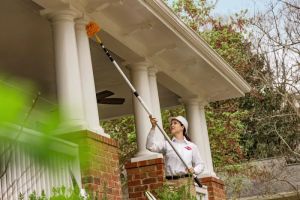

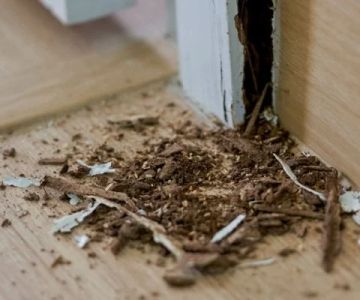



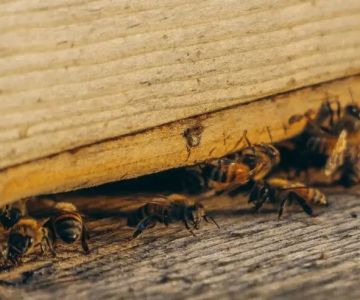
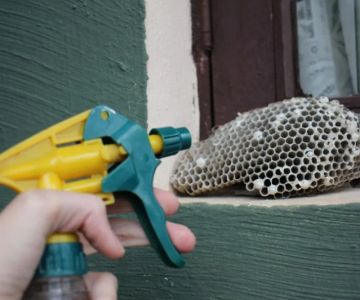
 Catchy Pest Solutions4.0 (533 reviews)
Catchy Pest Solutions4.0 (533 reviews) Orkin4.0 (1494 reviews)
Orkin4.0 (1494 reviews) Scenic City Wildlife5.0 (61 reviews)
Scenic City Wildlife5.0 (61 reviews) Chagrin Valley Pest Control5.0 (5 reviews)
Chagrin Valley Pest Control5.0 (5 reviews) Battlefield Pest Services4.0 (29 reviews)
Battlefield Pest Services4.0 (29 reviews) Four Seasons Landscape Management5.0 (59 reviews)
Four Seasons Landscape Management5.0 (59 reviews) How to Use Barrier Treatments Around Deck Footers: A Complete Guide
How to Use Barrier Treatments Around Deck Footers: A Complete Guide How to Use Low-Toxicity Treatments Around Living Areas for Safe Pest Control
How to Use Low-Toxicity Treatments Around Living Areas for Safe Pest Control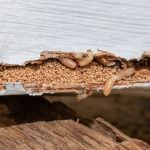 How to Detect Termites Under Slab Foundations: A Comprehensive Guide
How to Detect Termites Under Slab Foundations: A Comprehensive Guide How to Use Low-Toxic Baits for Rodents: A Safer Way to Control Pests
How to Use Low-Toxic Baits for Rodents: A Safer Way to Control Pests How to Monitor Pest Pressure in Foundation Footprint: A Complete Guide
How to Monitor Pest Pressure in Foundation Footprint: A Complete Guide How to Use Low Toxic Baits in Sensitive Zones
How to Use Low Toxic Baits in Sensitive Zones